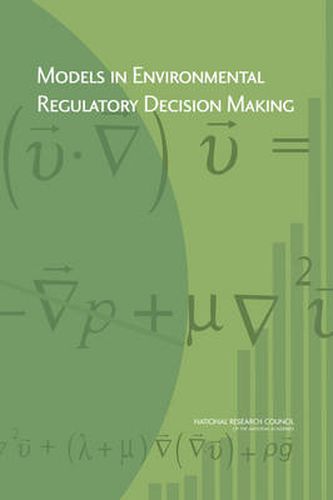Readings Newsletter
Become a Readings Member to make your shopping experience even easier.
Sign in or sign up for free!
You’re not far away from qualifying for FREE standard shipping within Australia
You’ve qualified for FREE standard shipping within Australia
The cart is loading…






Many regulations issued by the U.S. Environmental Protection Agency (EPA) are based on the results of computer models. Models help EPA explain environmental phenomena in settings where direct observations are limited or unavailable, and anticipate the effects of agency policies on the environment, human health and the economy. Given the critical role played by models, the EPA asked the National Research Council to assess scientific issues related to the agency’s selection and use of models in its decisions. The book recommends a series of guidelines and principles for improving agency models and decision-making processes. The centerpiece of the book’s recommended vision is a life-cycle approach to model evaluation which includes peer review, corroboration of results, and other activities. This will enhance the agency’s ability to respond to requirements from a 2001 law on information quality and improve policy development and implementation.
$9.00 standard shipping within Australia
FREE standard shipping within Australia for orders over $100.00
Express & International shipping calculated at checkout
Many regulations issued by the U.S. Environmental Protection Agency (EPA) are based on the results of computer models. Models help EPA explain environmental phenomena in settings where direct observations are limited or unavailable, and anticipate the effects of agency policies on the environment, human health and the economy. Given the critical role played by models, the EPA asked the National Research Council to assess scientific issues related to the agency’s selection and use of models in its decisions. The book recommends a series of guidelines and principles for improving agency models and decision-making processes. The centerpiece of the book’s recommended vision is a life-cycle approach to model evaluation which includes peer review, corroboration of results, and other activities. This will enhance the agency’s ability to respond to requirements from a 2001 law on information quality and improve policy development and implementation.